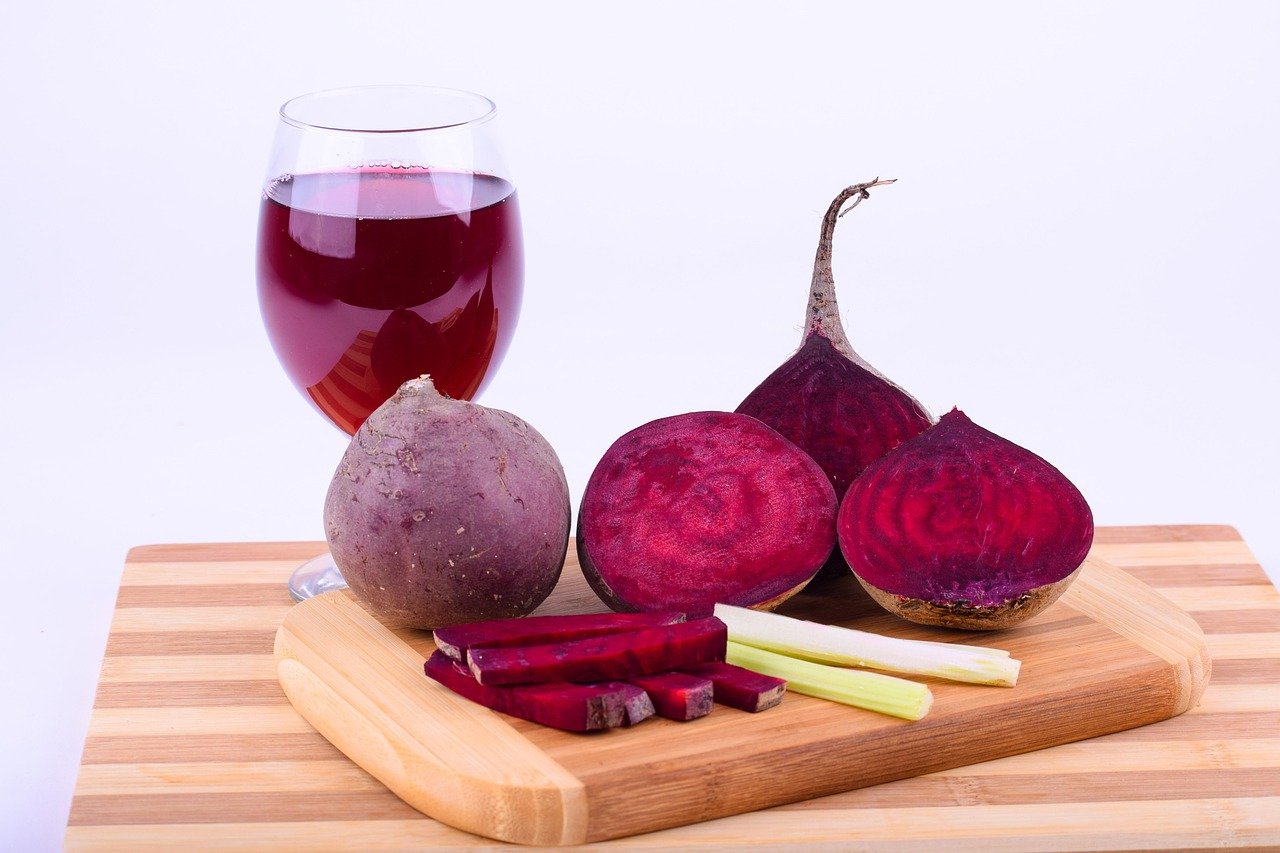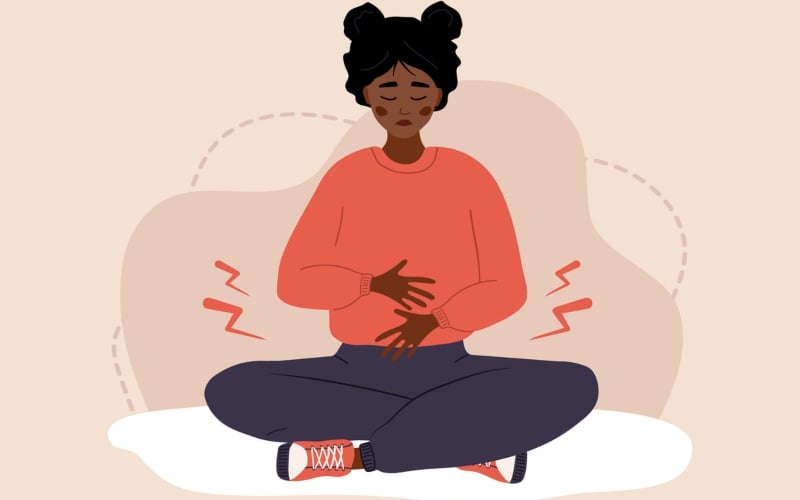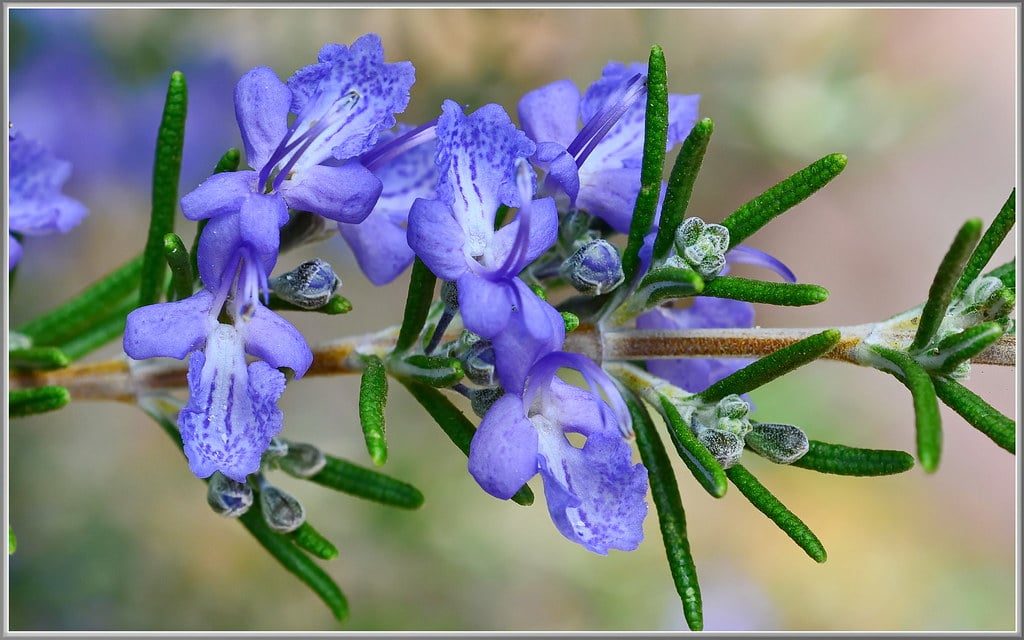The ideas of what weed was like back in the day compared to what it’s like now varies greatly. Some say it’s vastly stronger now, others say that the classic stuff is what would knock you on your ass. I can only really weigh in on the difference between the 2000s and today. Even from that tiny period of time I can definitely say that things have changed considerably. Everyone I know at that point could only get solid and soap bar which were still somehow weaker than what’s available today. So since the 70s, the hippie era and a huge era for weed, how much has cannabis really changed. If it has changed so drastically, then we may also want to look into why.
1970s Weed
In the 70s the average THC level was considerably lower than it is today. The average recorded in the 70s was apparently about 1% THC. However, the same article says that the average now is about 5 – 6% THC which in my experience studying and writing about strains isn’t true. It is far more likely that a strain will have a THC level between 10 – 16%. So assuming that the average in the 70s was in fact a little higher, we still end up with a stark difference in THC levels.
In the 1970s cannabis was primarily imported from other parts of the world. As it was the 70s and a good deal of cannabis was coming from Columbia and other similar countries, it would age considerably by the time it reached its destination. Transporting cannabis at the time would have been tricky, especially in the height of the war on drugs. The cannabis would take a much longer time to get to the consumer. As we all know, the older the weed is the more THC it loses, especially if it is not properly sealed away. Not only was this a vital aspect of the decreased THC levels of the time, but the farmers and dealers didn’t really know what they were doing in the same way. The weed that was making its way into pockets wasn’t pure, beautifully dried buds. It was a mix of leaves, flowers, buds, stems, seeds, pretty much just a little bit of everything. Of course, this simply meant that what people were buying to smoke wasn’t the bit that you wanted to smoke. They were getting the sections of the plant that were far lower in THC.
What Changed?
The 1980s brought us hydroponic farming systems. This, of course, improved the way in which weed was grown and created plants that were initially more potent. Before hydroponic growing mass farms were the only way to really create sellable amounts of weed. As we all know, larger outdoor farms can face all sorts of issues, diseases and pests that can affect the quality of the weed. Not only did this mean better weed was being grown, but it completely revolutionised indoor growing. Where before most weed could only be grown outdoors on farms and in hot countries, now there were other options. Private citizens could grow weed indoors with the new hydroponic systems. Suddenly basements, attics, cupboards and sheds all became fair game for growing. Not legally obviously but that’s not really what this is about.
Throughout the 80s and 90s there was still a lot of nonsense cannabist going around. But as more people were able to grow the plants in their own homes, or in larger underground setups, access to fresh grown cannabis became the norm. This meant that the brick weed that had been imported from further afield was no longer popular, even if it was usually a bit cheaper. When homegrowing came into play so did hybridisation. The more botanistically minded out there decided to create their own super strains using the best parts of some of the most popular plants at the time. The more they crossed genetics the more the plants improved and the higher the THC levels climbed. By the 90s and 2000s brick weed was pretty much completely off the table, why would anyone bother with the sort of stuff that was going around. This is largely based on what was happening in the US. I can definitely say that weed in Scotland didn’t really start to improve until the 2010s.
2009 was actually the first year that the average cannabis strength went above 10% in the US. Again this is just in the US, in the Netherlands the average usually sat at around 17%.
Modern Day Weed
Over the last 20 years we have experienced an explosion in technology as a species. Not just in science, medicine, technology etc but in farming, botany and general plant care. These days cannabis farming has become significantly more high tech which allows the plants to thrive. We can also transport the weed completely sealed to stop it from decreasing in potency, while also getting it to the consumer at a much faster rate. We have far stronger strains that are being grown better and transported faster. Which means that one of our modern joints will get you as high as 17.5 joints from the 1970s. Of course, now research in medicinal cannabis is expanding and the legal cannabis trade is coming into play now that so many parts of the world are at least decriminalising.
Our understanding of the effects of cannabis has improved. I mean, you would barely know it looking at some of the right wing anti-legalisation propaganda that’s going about. And I’m sure many of us remember the adverts where weed made young teens kill their mums or lose all their bones. As the understanding of cannabis increases so does the understanding of how it affects our bodies. We are now fully versed on the basics of the endo-cannabinoid system. This allows growers and scientists to create increasingly impressive ways to get as much THC from your weed as humanly possible. What a time to be alive.
Newsletter Sign Up
Make sure you never miss another Vault promo – sign up for our newsletter at https://www.cannabis-seeds-store.co.uk/the-vault-newsletter
Remember: It is illegal to germinate cannabis seeds in many countries including the UK. It is our duty to inform you of this fact and to urge you to obey all of your local laws to the letter. The Vault only ever sells or sends out seeds for souvenir, collection or novelty purposes.
Photo by Ian Sanderson on Unsplash
The post 70s To The Modern Day: How Has Weed Changed? first appeared on Cannabis Seeds News.Original Article










